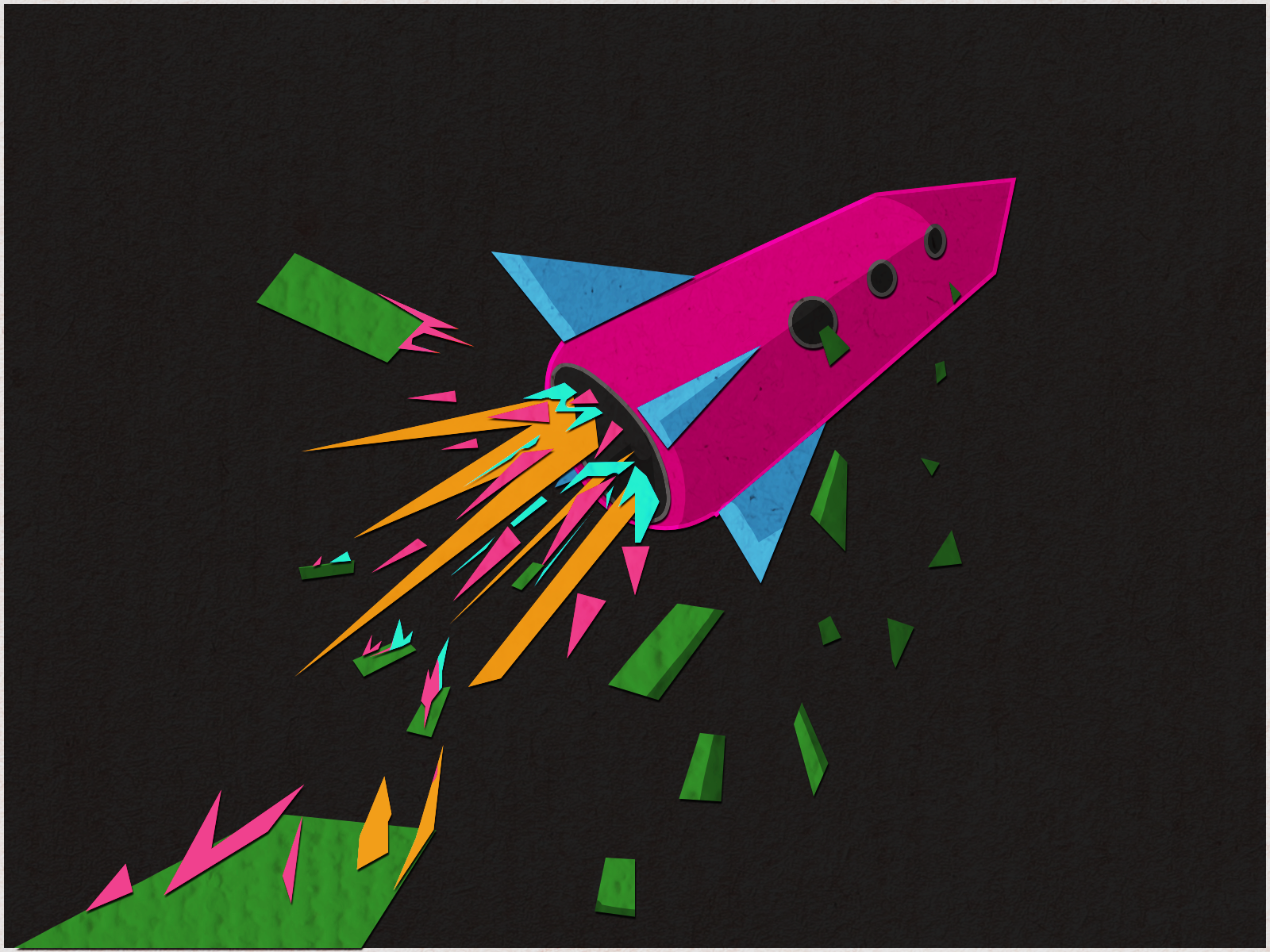A history of excessive spending at Space Concordia
CORRECTION: The article in question was initially taken down for revision purposes relating to generalized language. Details to the alterations are found below.
How much does it cost to build a rocket? That is the question Concordia’s Engineering and Computer Science Association (ECA) has asked Space Concordia (SC), the student association responsible for mismanaged and unorganized financial practices. Official ECA documents and board meeting transcripts provided to The Concordian reveal a history of irresponsible spending by the organization dating back to the 2020-21 academic year.
SC remains the largest student association under ECA jurisdiction, and, as of the beginning of the 2022-23 academic year, has access to the most funds of any committee under the association via a combination of ECA-approved grants, internal transfers, and external sponsorship’s, according to the societies official ECA approved budget. Despite this fact, according to reports SC spending have exceeded their ECA budget in the past, resulting in the ECA being forced to provide SC with thousands of dollars of additional funds to pay off the personal debt incurred by SC members.
Exact figures remain impossible to calculate without the ECA’s financial budgetary statements from the last three years, in which the ECA has yet to file due to delays caused by the COVID-19 pandemic.
However, a senior member of SC rocketry division, who preferred to stay anonymous, estimates the cumulative costs of the personal debts they have accrued from SC projects over their tenure range into the hundreds of thousands.
“In the past few years I spent like hundreds of thousands of dollars, and I’ve had to ask for reimbursements of hundreds of thousands of dollars,” they said.
While these price ranges seem high to the average person, the senior member says that these costs are relatively low compared to the operational budgets of most space agencies that are doing the same work, believing the price range is justified.
“We’ve already broken multiple world records over the past four years on this project,” they said. “It’s going to be the first liquid rocket ever launched from Canadian soil. We’re working with the government to create legislation for rockets in Canada. We’ve created state-of-the-art technology. And because of that, we go through thousands of transactions a year and hundreds of thousands of dollars each year.”
In addition, SC was accused of violating several key ECA bylaws regulating the spending habits of student organization under their jurisdiction. These actions include opening a secondary bank account for SC use, separate from its official ECA-monitored bank account which is in violation of Section D.3.3. of the ECA’s bylaws, and failing to keep accurate and up-to-date documentation of their expenses in accordance to bylaws D.3.5 and D.3.6.
These transgressions culminated in SC being put on extended probation by the ECA’s Board of Directors on Aug. 24, 2021. SC was informed by the ECA that they must comply with several conditions relating to the organization’s financial practices or “face dissolution” of their association, in the follow up letter sent by the ECA. Further steps were taken by the ECA to investigate SC financial practices dating back to the 2018 academic year.
In the same letter dated to Oct. 27, 2021, the ECA confirmed that SC had complied with a majority of the demands of the probation period sufficient to continue their probation.
However, the ECA did note that the organization failed to cease “all activity during the time of [SC’s] probation” and had yet to hand over all expense receipts to the association. At the same time, an anonymous source within the ECA has confirmed that no amount of student funds associated with SC are unaccounted for. The anonymous source made sure to dispel rumors of financial malpractice.
In an email sent to The Concordian, ECA president Sierra Campbell confirmed that SC “successfully met the terms of the BOD [Board of Directors] to end their probation” as of Dec. 3, 2021. Campbell made sure to stress that the violations occurred during a previous mandate and that the current SC leadership have “worked extensively alongside the ECA executive to create clear understanding of internal payment procedures as well as communication to members of the club,” stated the email.
Despite these measures, a financial blacklist was established by the ECA in a board of directors meeting on Sunday, Aug. 21, 2022, to address the “Space Concordia Member Issue” the motivation read. The blacklist prevented individuals from having any of their expenses reimbursed through ECA funds.
- The original Deck: “A history of excessive spending puts Space Concordia’s future into question,” was misleading, insinuating that Space Concordia’s future is still in jeopardy. As of Dec. 3, 2021. Space Concordia has passed the probation period.
- A previous version of this story mentions that SC receives “the most funds out of any committee under the association (ECA).” The ECA provides the most funds annually to the SAE (Society of Automotive Engineers).
- A previous version of this story mentions that SC “consistently exceeded their ECA budget,” the word “consistently” was improperly used.
- A previous version of this story mentions preamble of a quote from an anonymous member of SC stating that the member “estimates his personal debts accrued by SC project range into the hundreds of thousands.” This has been altered to “estimates the cumulative costs of the personal debts they have accrued from SC projects over their tenure.” This is validated by the following quote from the aforementioned member.
